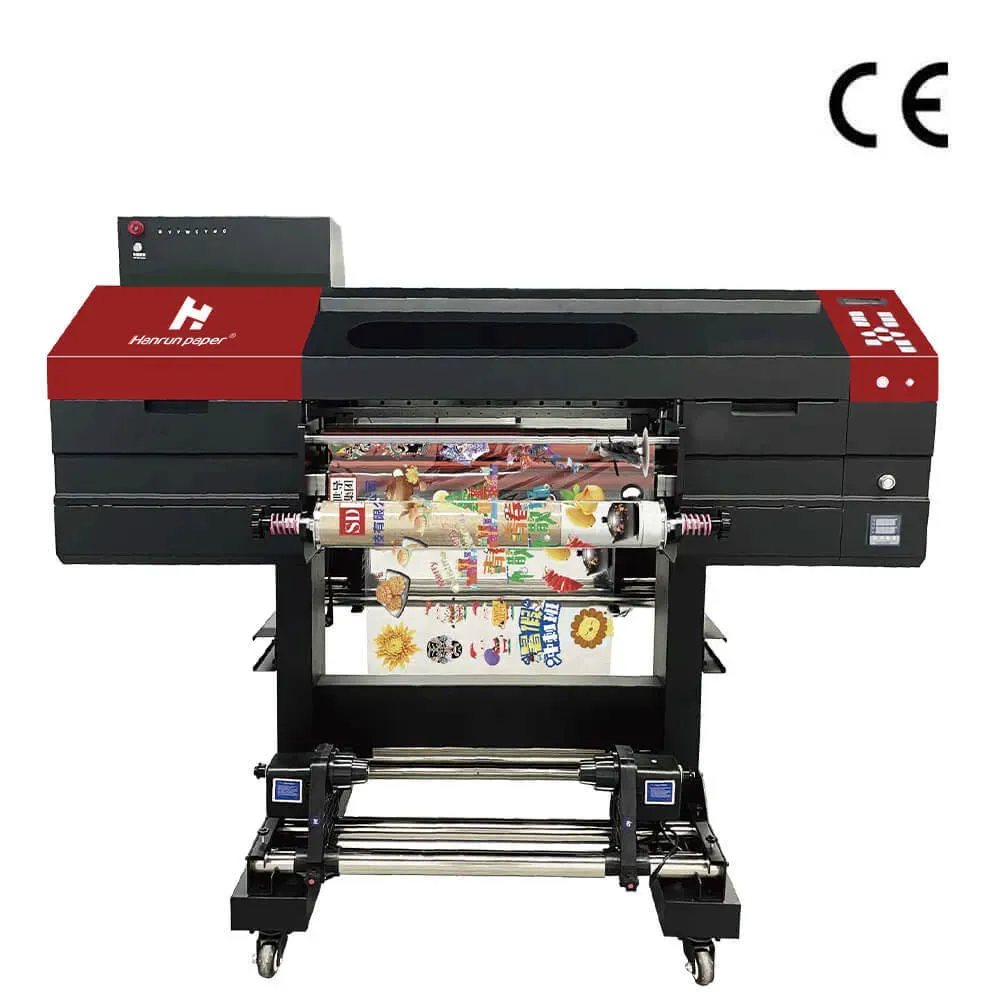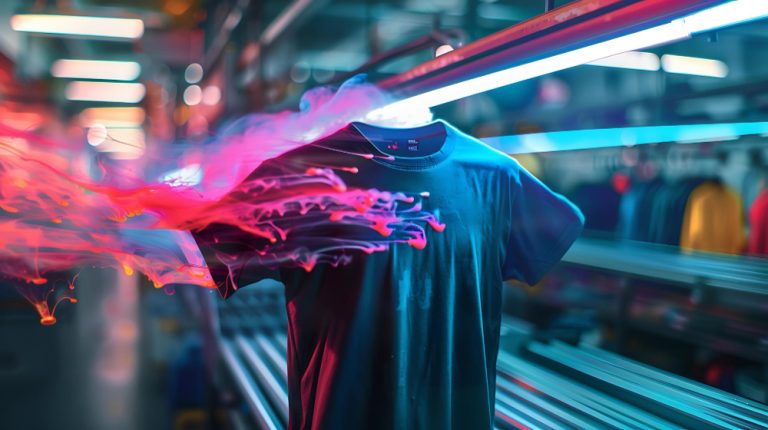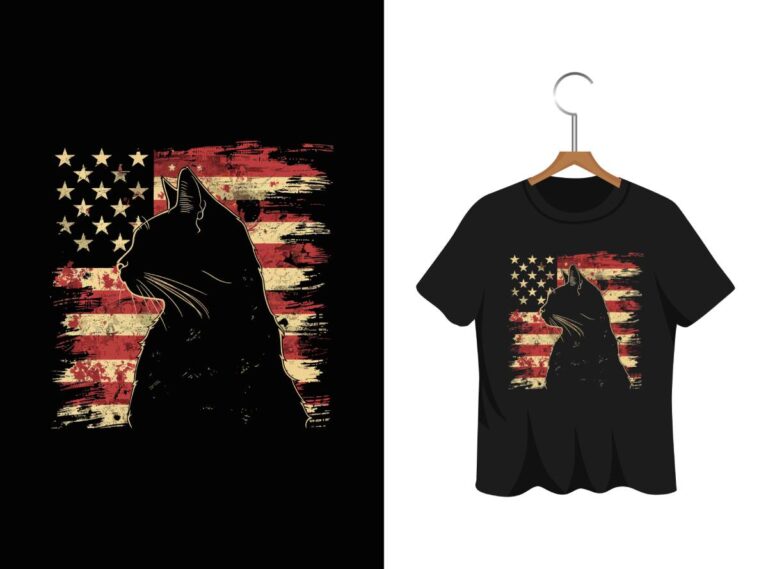UV DTF printing is revolutionizing the world of custom graphics, offering artists and businesses the ability to create stunning designs with remarkable vibrancy and durability. This innovative direct-to-film printing technique harnesses ultraviolet light to cure inks almost instantaneously, allowing for exceptional color reproduction on an array of surfaces. Whether you’re aiming to produce eye-catching apparel or unique promotional items, mastering UV DTF printing is essential for delivering high-quality results. In this guide, we’ll explore essential UV printing tips and DTF printing techniques that will elevate your designs to new heights. Ready to dive into the fascinating realm of design with UV DTF? Let’s get started!
Also referred to as Direct-to-Film printing, this cutting-edge method allows for intricate and vibrant visuals to be seamlessly transferred onto various materials. Harnessing the power of UV technology, creatives can achieve remarkable durability and superior color fidelity, making it a vital tool for modern print applications. As you embark on your journey to refine your DTF printing techniques, you’ll discover how to optimize your designs for a range of products, from textiles to promotional merchandise. Understanding the nuances of this innovative printing process will empower you to unlock new possibilities for your business. Embrace the advantages of UV DTF printing and revolutionize your design approach!
Maximize Quality with UV DTF Printing Techniques
To achieve stunning results with UV DTF printing, mastering specific printing techniques is essential. One effective method is to adjust the ink density based on the material and desired finish. By increasing the ink density, you can enhance the vibrancy of colors, which is crucial for achieving those eye-catching and impactful designs. Additionally, utilizing the right resolution settings will ensure sharpness in intricate details, allowing your prints to stand out even on textured or darker substrates.
Moreover, experimenting with different DTF printing techniques can yield unique effects. Techniques such as layering or gradient printing can provide depth and dimension to your designs, making them visually striking. It’s also beneficial to explore specialty inks that can enhance texture or create shimmering effects, offering an added touch of uniqueness to the final product, further elevating your design’s appeal.
Design with UV DTF: Tips for Vibrant Results
When working with UV DTF printing, design considerations make a significant impact on the final output. Start by selecting high-resolution images and appropriate color profiles; this will ensure that your designs translate perfectly from screen to print. Consider using complementary color schemes that enhance vibrancy, as certain combinations can create a striking contrast that brings your designs to life. Tools like color theory can guide you in choosing palettes that evoke the desired emotions and grab attention.
It’s also important to consider the complexity of your designs. While UV DTF printing allows for intricate artwork, simplicity often yields better results. Overly complex designs can lead to issues during printing, such as misalignment and loss of detail. Aim for a balance of complexity—choosing elements that add interest without overwhelming the viewer. A well-structured and thoughtfully composed design will not only look visually appealing but will also optimize the printing process.
Essential UV Printing Tips for Beginners
If you’re just getting started with UV DTF printing, there are a few essential tips to ensure a smooth experience. First, familiarize yourself with your printer’s capabilities and settings. Understanding how to calibrate your machine for different substrates will greatly affect print quality. Additionally, regular maintenance of your printer will prevent common issues such as clogged nozzles and misalignment, ensuring consistent performance.
Another tip is to keep an organized workflow. Set up a structured process for creating, printing, and inspecting designs. Keeping track of the settings used for specific materials can save you time in the future. Don’t forget to document successful prints alongside any adjustments made, as it can serve as a helpful reference guide for future projects.
Achieving Vibrant UV Prints through Effective Curing
Curing plays a pivotal role in the UV DTF printing process, affecting both adhesion and vibrancy. Ensure you’re aware of the specific curing times required for different materials. A common mistake is either under-curing, which may result in ink smudging, or over-curing, which can dull colors. Invest time in conducting test prints to find the optimal curing settings for your project, helping you to achieve that striking vibrancy while maintaining the integrity of both the print and the substrate.
Additionally, the choice of curing equipment can greatly influence the outcome of your prints. High-quality UV lamps can ensure even curing, preventing hot spots that might damage your design. Newer lamp technologies, such as LED curing systems, offer efficient energy usage and longer lifespan, making them a cost-effective choice for enhancing your printing operations.
Post-Processing: Enhancing Your UV DTF Designs
Once your UV DTF printing is complete, post-processing steps can significantly enhance the final product. Applying protective coatings not only adds a layer of durability against scratches and wear but can also enhance color appearance. Different finishes, such as matte or glossy, can affect the overall look—experimenting with these can yield designs that cater specifically to your target market’s preferences.
Moreover, proper cleaning and finishing techniques are crucial after printing. Handle printed films with care to avoid smudging or damaging the design. Implementing a thorough inspection process will help identify any imperfections before final production, allowing for adjustments that can save time and resources.
Navigating Market Trends in UV DTF Printing
As the printing industry evolves, it is essential to stay informed about emerging market trends, particularly in UV DTF printing. An increasing focus on sustainability has led many businesses to adopt eco-friendly practices, such as reducing waste and using low-impact materials. Understanding these trends will not only help you align your business model with consumer preferences but also position your brand as a responsible player in the market.
Additionally, recognizing the versatility of UV DTF printing opens up new avenues for product offerings. From fashion apparel to unique promotional items, the ability to customize based on market demand can lead to innovative product lines and increased sales. Staying ahead of trends, such as personalization and unique product offerings, can enhance your brand’s visibility and competitiveness in the ever-changing printing landscape.
Frequently Asked Questions
What are the advantages of UV DTF printing for vibrant designs?
UV DTF printing offers numerous advantages, including vibrant color reproduction, exceptional durability, and resistance to scratching and fading. This method is suitable for a variety of substrates, allowing designers to create long-lasting graphics that stand out.
How can I optimize my design for UV DTF printing?
To optimize your design for UV DTF printing, focus on using high-resolution images and accurate color profiles. Avoid overly complex designs that may complicate the printing process, ensuring that your artwork is well-structured for the best possible print quality.
What settings should I adjust for successful UV DTF printing?
For successful UV DTF printing, adjust your printer settings based on the material you are using. Key factors include ink density and curing time, which significantly affect print quality and help prevent issues like smudging or misalignment.
What is the importance of surface preparation in UV DTF printing?
Surface preparation is crucial in UV DTF printing, as a clean and contaminant-free substrate enhances ink adhesion. Properly prepared surfaces lead to longer-lasting prints with better overall quality, making it a vital step in the printing process.
What curing techniques are essential for quality UV DTF prints?
Effective UV curing techniques are essential for quality UV DTF prints. Understanding the balance between under-curing and over-curing is key, as it impacts ink adhesion and color vibrancy. Investing in high-quality curing equipment can improve consistency.
How can I ensure the durability of my UV DTF prints?
To ensure durability in your UV DTF prints, consider implementing post-processing treatments like protective coatings. Additionally, conducting pre-production tests can help identify any issues related to color accuracy and material compatibility.
| Key Points | Description |
|---|---|
| Understanding UV DTF Printing Technology | UV DTF printing transfers designs onto a special film that cures quickly under UV light, making it versatile for various applications. |
| Benefits | Produces vibrant and durable prints, resistant to scratching and fading, ideal for elevating product offerings. |
| Preparation and Setup | Ensure surfaces are clean and adjust printer settings for optimal performance, enhancing ink adhesion and print quality. |
| Design Considerations | Use accurate color profiles and high-resolution images; balance complexity in designs for better print outcomes. |
| Curing Techniques | Proper curing is crucial; choose high-quality equipment for effective curing, balancing adhesion and vibrancy. |
| Post-Processing Tips | Implement protective coatings and conduct tests on smaller scales to troubleshoot issues before full production. |
| Applications and Market Trends | Suitable for clothing, stickers, promotional items; align with sustainability trends to stay competitive. |
Summary
UV DTF printing is a revolutionary technique that not only enhances the quality of printed designs but also provides businesses with a versatile and eco-friendly printing solution. By understanding its technology, benefits, and implementation strategies, anyone can create impressive, long-lasting prints that resonate with consumers. As the printing industry evolves, staying updated with best practices in UV DTF printing will be crucial for anyone looking to excel in this dynamic market.







